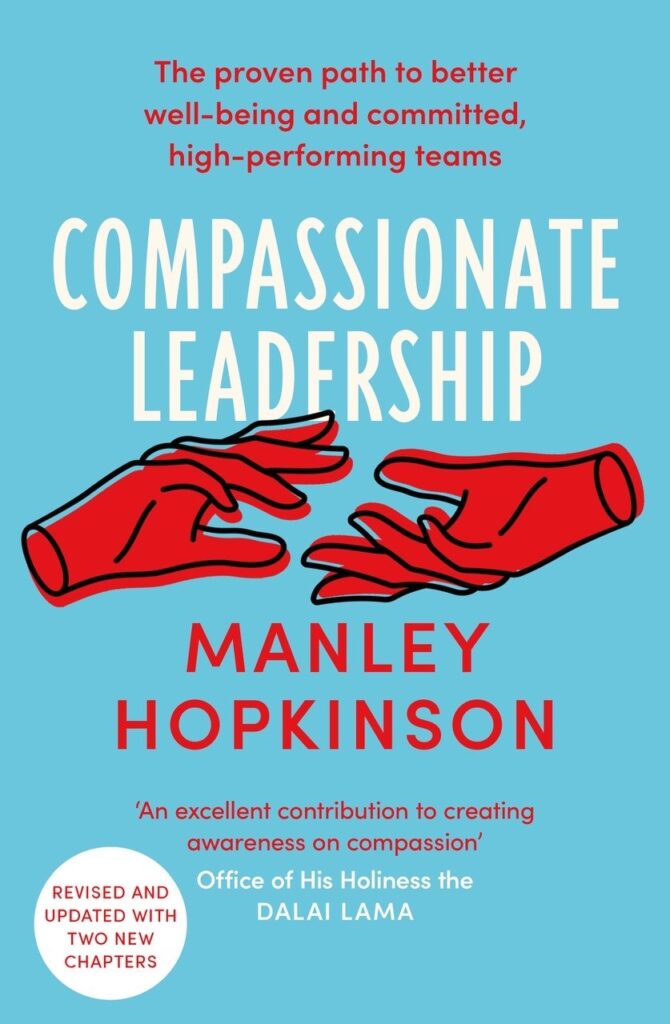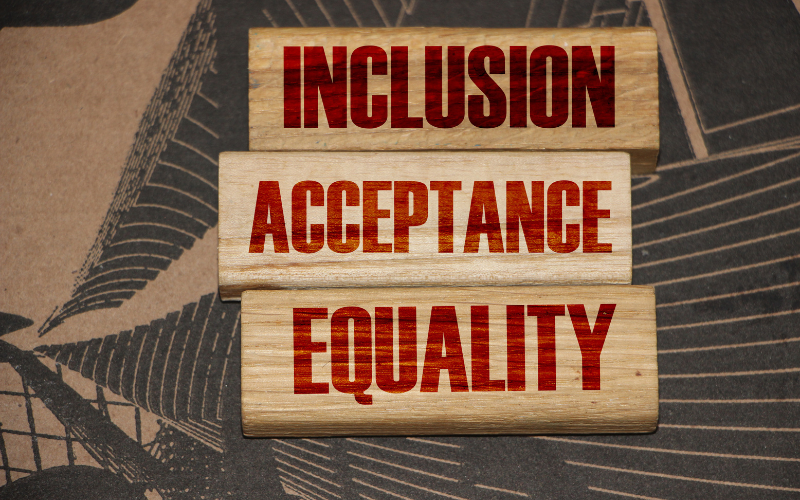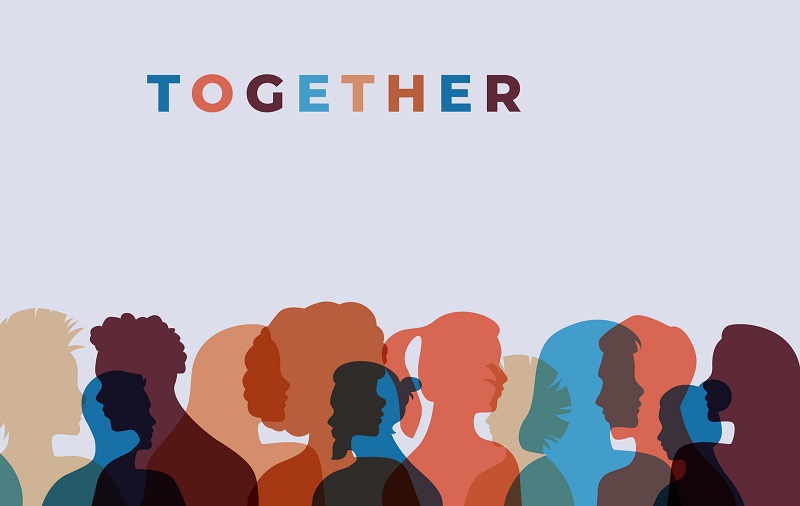You know that a happy and balanced workplace culture is the root of higher performance, but sometimes that all just gets lost in the general noise; it drops down the priority list as our focus gets diverted onto urgent stuff, and then, before we know it, we have an unhappy workforce totally out of kilter. Ouch, from where did that come?
So here is a short list of practical things you can do daily to help keep what’s precious, or, if it’s not there, these actions will be part of your journey to build that happy and balanced workplace culture. Print them out, stick them by your laptop and ask yourself every day, “Which of these have I done today”?
Listen to understand
Leaders often say how important it is to “Go talk to the team”, but I disagree. It should be “Go listen to the team”! Obviously, start the conversation, but then shut up and listen, really listen.
Listen with a deep conscious intent to understand, and then pop down to advice #8! Be deliberate in what words you choose to begin the conversation. Not just superficial niceties but an open and relevant question that will prompt a considered response. “What’s holding you back from being more brilliant”? “What could I be doing that would make your life easier”? “How’s the team”?
Invest time in developing relationships
We tend to focus on task, task, task. But John Adair’s superb Action Centered Leadership model makes a compelling argument to balance our time between achieving the task, building the team and developing the individual. You know it makes sense, of course; a tight team of committed and capable people make doing any task so much simpler. Be conscious of building relationships with your team and enabling them to do the same. What spaces are there in the workplace that allow social interaction? What time too? A shared breakfast on a Friday? “Skipper’s coffee” on Wednesday? …
Create social
By definition, companies and work is life. I don’t believe in the expression of “work-life balance” it is just “life balance”. Life is not just the workplace either; it is the family, the community, and our ecosystem. So the workplace is not just for work; it must reflect real life too. The workplace is for family, community, and our planet.
Business must take on the responsibility for the wider aspects of life; after all, we generally spend five out of seven days there. So my challenge to you is, what are you doing for the wider community, the planet and your workforce’s families? To help give you a new perspective on this, I strongly recommend that you read Kate Raworth’s powerful book on “Doughnut Economics”.
Empower
What have you let go of today? There is a beautiful Buddhist philosophy that says, “True control comes from letting go”. Think about it. Powerful hey? By letting go, what have you achieved? It demonstrates trust and confidence in your people, which is then reciprocated.
It frees you up to focus on the more strategic and vital aspects of your business. It gives you time to create a “happy and balanced workplace culture”! It enables you to resolve the things that only you can resolve. It allows you to actually do actions #1, 2, 3, 5, 6 & 8! Autonomy is a powerful force for good.
Grow your people
Doing is fine, but it is not living. A bit like breathing is not living – it’s existing. Living is about growth, development, connection. It’s about stretching ourselves and getting outside of our comfort zone. Without growth, we stop, we regress, and we decay. Complacency and boredom displace commitment and excitement. Yuk!
Who have you coached today? When asked a question, did you just give the answer, or did you help them discover the answer from within? Who have you nudged into their ‘learning zone”? Who have you stretched?
Be human
You have emotions. Yup, even as a business leader, there are some days when all is well in the world and others when you might be struggling. You have a home life that is in shares, fulfilling, frustrating, fun and fighting. You have your doubts and worries about your business, your competitors and the wider economic and political impacts on your business.
Share you, open up, be real. By doing so, you give permission for your teams to do so too.
Remember, you cannot ignore an emotion. It creates a physical change in your body as well as being a mental distraction; your amygdala can trap you in an emotional loop. Being openly human breaks that loop.
Enjoy
Over 50% of the emotional context of communication is understood visually (Albert Mehrabian). Your body language tells us much about how you are, with the majority of our focus being on your facial expressions. Smile, and the world smiles with you. Smiles are infectious. Smiles show authenticity, comfort, connection and confidence.
I love the fact that one of the values of the UK elite fight force, the Royal Marines, is “humour in the face of adversity”. Even when times are tough, we can smile, we can bring humour, and we can enjoy the challenge.
I always sign my book with the expression “Enjoy the journey”, because the journey is life!
Compassion
Compassion is the foundation upon which #1-7 stand.
Applying the Dalai Lama’s definition of compassion as “understanding with positive action” and my definition of compassionate leadership “to secure the best for all”, and then workplace wellbeing and balance become a natural reality.
Compassion is a hugely positive philosophy that brings with it intent for good, the removal of judgment, the authenticity of humanity and the power of connection. Through compassion, you gain commitment as you fulfil people’s sense of self-worth.
My final challenge to you, then. Reflect on your day and ask yourself, “Were my actions based on a foundation of compassion”?
Enjoy the journey

Manley Hopkinson is the founder of renowned leadership consultancy The Compassionate Leadership Academy, author of Compassionate Leadership (Hachette, £12.99) and a sought-after keynote speaker.









